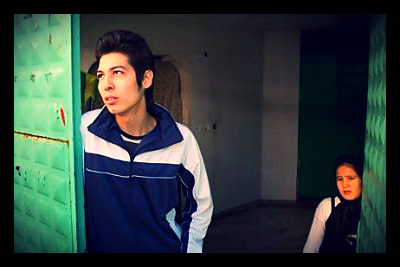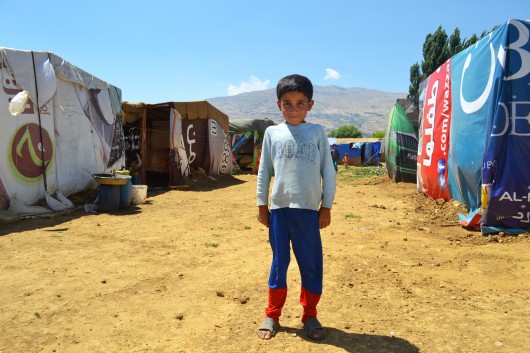
There are more refugees in the world right now than at any point in history. In addition to the bare necessities: food, water, shelter, this vulnerable group needs us to be their champions. Here is what you can do to help Syrian refugees:
10 Things Refugees Need
- Make food aid local. Every day, millions of Syrian refugees eat food shipped from overseas—while local farmers and grocers suffer. Rather than shipping in flour, oil and other food items, international organizations should use that money to buy the food from local providers, which would both feed the hungry and empower the poor. The World Food Program, which recognizes this need, has already distributed over a million food vouchers to refugees that are redeemable in local food markets.
- Engage refugees in development efforts and politics. The best way to begin lifting refugees out of acute crisis is to actually involve them in problem-solving efforts and local politics. Host countries and aid organizations often discriminate against refugees as objects in need, not subjects with knowledge and power.
- Engage hosts in advocacy efforts. In the same way that many relief efforts ignore the power of refugees themselves, many ignore the power of local service providers to change in-country government policy. Development organizations need to take advantage of the network of relationships between local employers and politicians to end discrimination against refugees.
- Create jobs. Too many education efforts in refugee populations wane due to lack of motivation—what job lies at the end of their efforts? To combat refugee retention, host countries need to seek ways to reward educated refugees. In addition, policy-makers should base refugee livelihood programs on careful analysis of refugee-host economies for maximum impact.
- Integrate populations. Too often, refugee and host country populations remain segregated for years—to the detriment of both. Studies consistently show that integrating communities simultaneously lowers cost and increases economic activity, particularly foreign trade. Freedom of movement is essential to end the refugee crisis.
- Teach toddlers. Over and over again, education efforts find success where students were motivated to attend school from a young age—like 4. Late-comers often lose motivation and drop out, but the early birds stick it out more often. The World University Service of Canada student refugee program follows this model, and their success has inspired the UNHCR to begin implementing some of their methods in its new education initiatives.
- Teach girls. Although the balance between men and women in refugee populations is roughly equal, girls usually only make up a quarter of students in refugee schools. Yet development organizations across the world consistently find that women are more likely to work and lift themselves out of poverty. Teaching girls will have greater long-term benefits than teaching boys.
- End encampment. The reasons to avoid refugee camps abound, and the UNHCR has long recognized the need for new solutions. Camps become sinks of poverty, sources of continued xenophobia, and environmental nightmares. Plenty of space is opening up for anti-encampment advocacy action, like that taken by the London-based Pan-African Development Education and Advocacy Programme.
- Focus on self-reliance. Development actors have long recognized the importance of moving away from long-term “care and maintenance” programs that stifle self-initiative and effective growth. Five years ago, the UNHCR executive committee made sweeping changes to their approach based on this wisdom, and a renewed focus on self-reliance is key to addressing the needs of Syrian refugees.
- Consider the negative externalities of good intentions. If one problem has characterized relief efforts in and around Syria, it is lack of coordination. Thousands of iNGOs, government agencies and multilateral institutes have flooded the region with the best of intentions—but not always the best interaction or foresight. As efforts progress, the importance of communication has become clear.
– John Mahon
Sources: The Guardian WFP WUSC
Photo: Daily Star

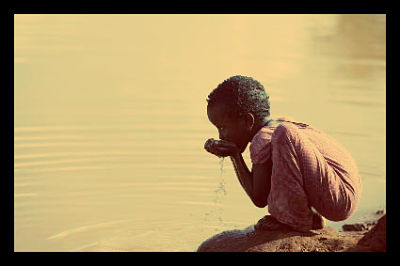
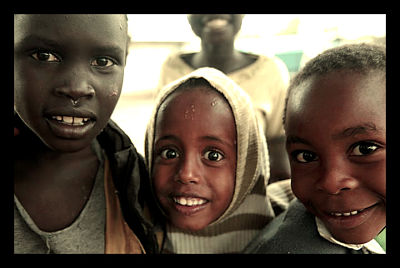
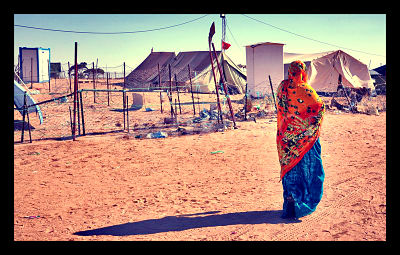
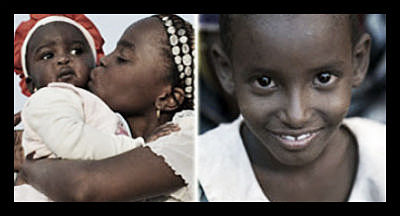



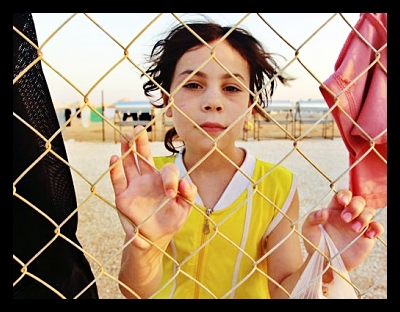 UNHCR) said more than 1.5 million Syrian civilians had fled their country to escape the civil war that had been raging there for almost two years. Dan McNorton, a spokesman for the UNHCR, said the actual number of refugees is probably much higher due to concerns some Syrians have regarding registration. In addition, approximately 4 million people have been internally displaced since the beginning of the conflict. So what does this mean for the Syrian people who are now refugees? What can be expected in the life of a refugee?
UNHCR) said more than 1.5 million Syrian civilians had fled their country to escape the civil war that had been raging there for almost two years. Dan McNorton, a spokesman for the UNHCR, said the actual number of refugees is probably much higher due to concerns some Syrians have regarding registration. In addition, approximately 4 million people have been internally displaced since the beginning of the conflict. So what does this mean for the Syrian people who are now refugees? What can be expected in the life of a refugee?